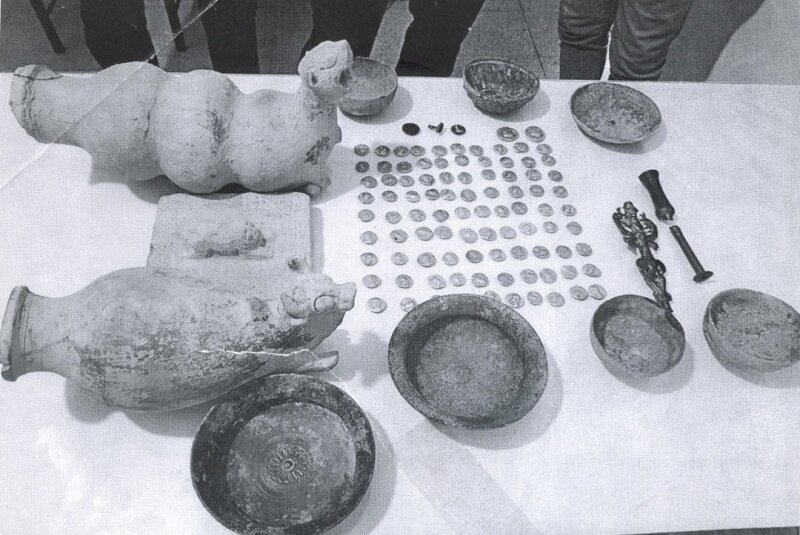103 relics returned home by Supreme Court order

TEHRAN – The Supreme Court of Iran has ordered the return of 103 historical relics to their original place; the western province of Kermanshah.
The relics were previously being kept by an individual who is obliged to surrender the antiquities to Kermanshah’s Cultural Heritage, Tourism, and Handicrafts Department, a provincial tourism official announced on Sunday.
“It had previously been ruled by a Kermanshah court that the antiques belonged to the defendant and he could keep them,” CHTN quoted Sediqeh Parvareh as saying.
“A wrong verdict by the Kermanshah Court of Appeals that ordered the return of 103 historical objects to the accused was stopped after it was protested by the legal division of the province’s cultural heritage department,” she explained.
Finally, the Supreme Court upheld the ruling of the provincial Court of Appeals and confiscated the artifacts, dating back to the first millennium BC, Parthian era (247 BC – 224 CE) and Seleucid era (312 BC-63 BC), in favor of the Ministry of Cultural Heritage, Tourism and Handicrafts, she added.
Kermanshah embraces a variety of awe-inspiring historical sites including Taq-e Bostan and the UNESCO-registered Bisotun.
Inscribed into the base of a towering cliff, Taq-e Bostan comprises extraordinary Sassanian bas-reliefs of ancient victorious kings divide opinions. Late afternoon is the best time to visit, as the cliff turns a brilliant orange in the setting sun, which then dies poetically on the far side of the duck pond. Bisotun is a patchwork of immense yet impressive life-size carvings depicting king Darius I and several other figures. UNESCO has it that Bisotun bears outstanding testimony to the important interchange of human values on the development of monumental art and writing, reflecting ancient traditions in monumental bas-reliefs.
Another popular historical site of the province is the Temple of Anahita in the city of Kangavar, which is believed to have been built circa 200 BC. Several column bases and ruins of a wall remain from the magnificent Greek-style temple. The temple was used during the Parthian era (248 BC-224) as well as the Sassanid era (224-651).
ABU/AFM
